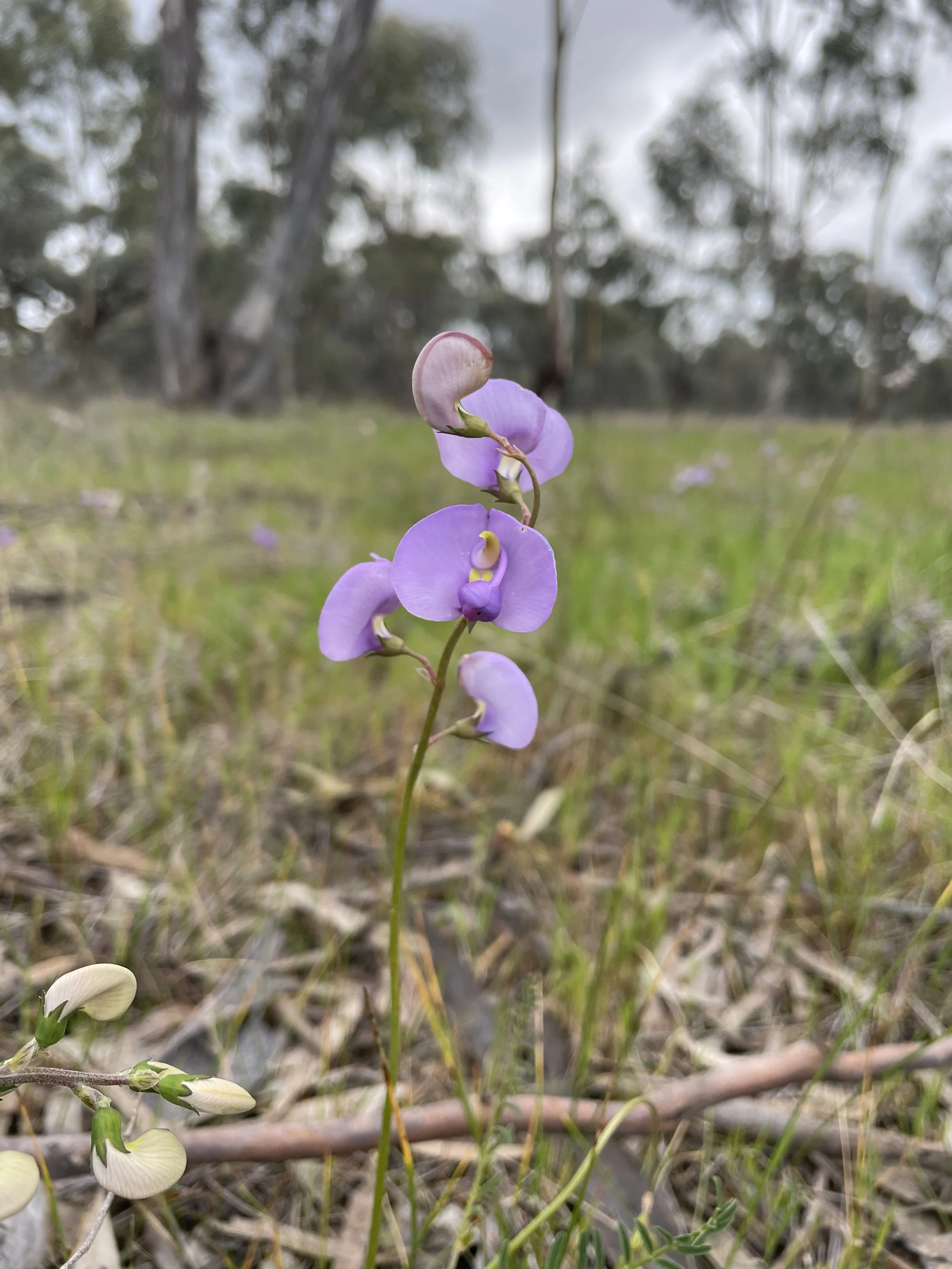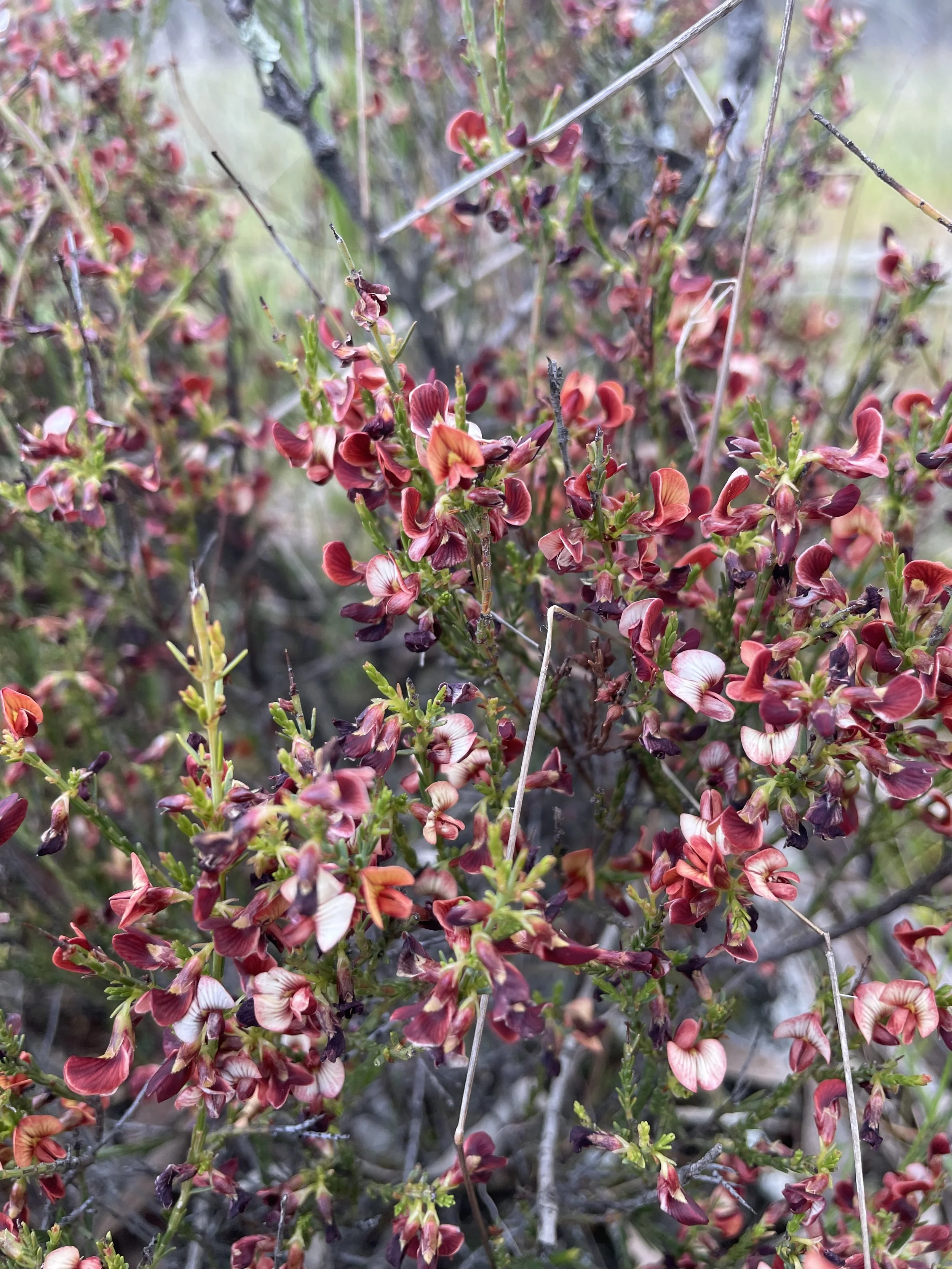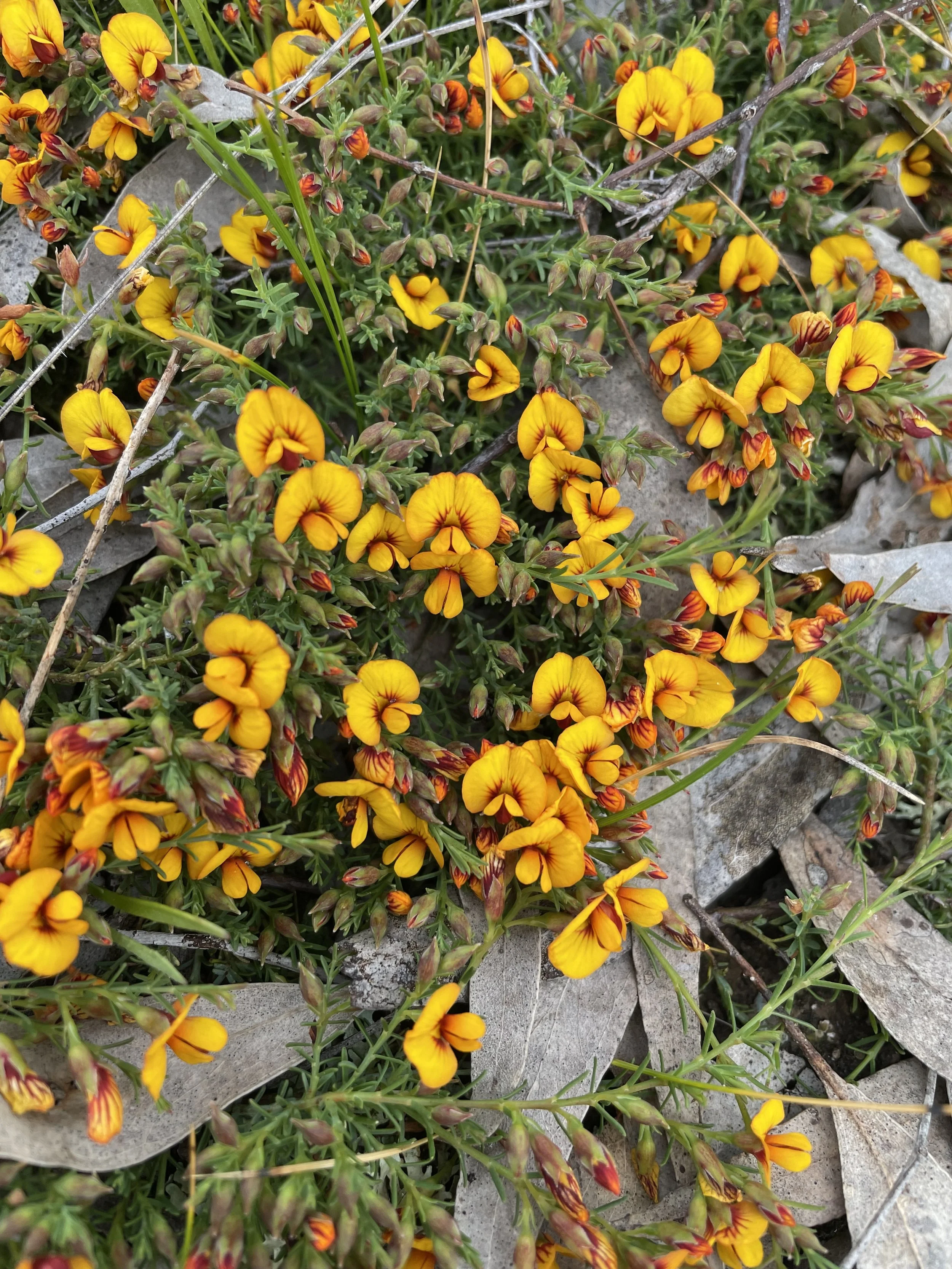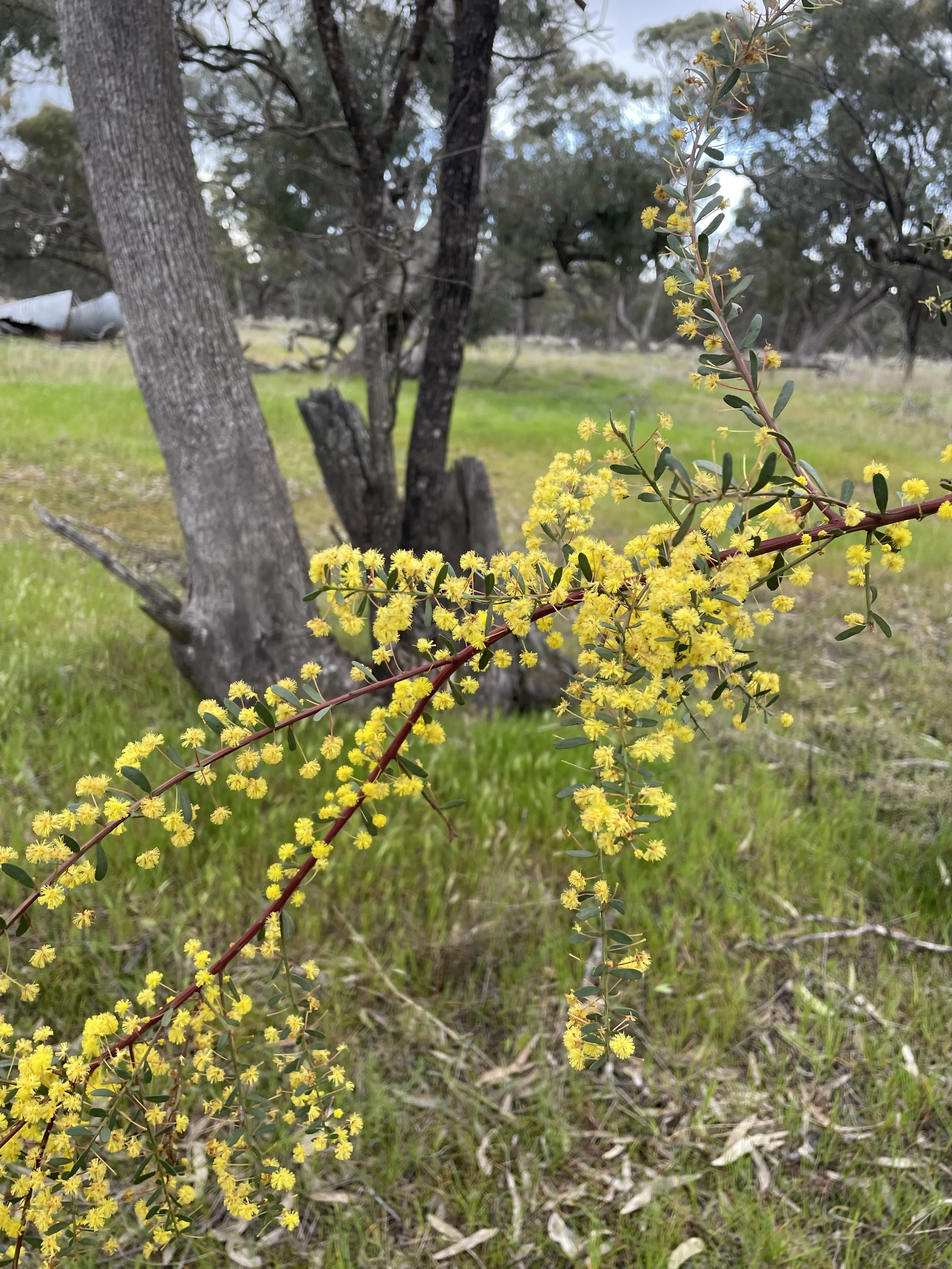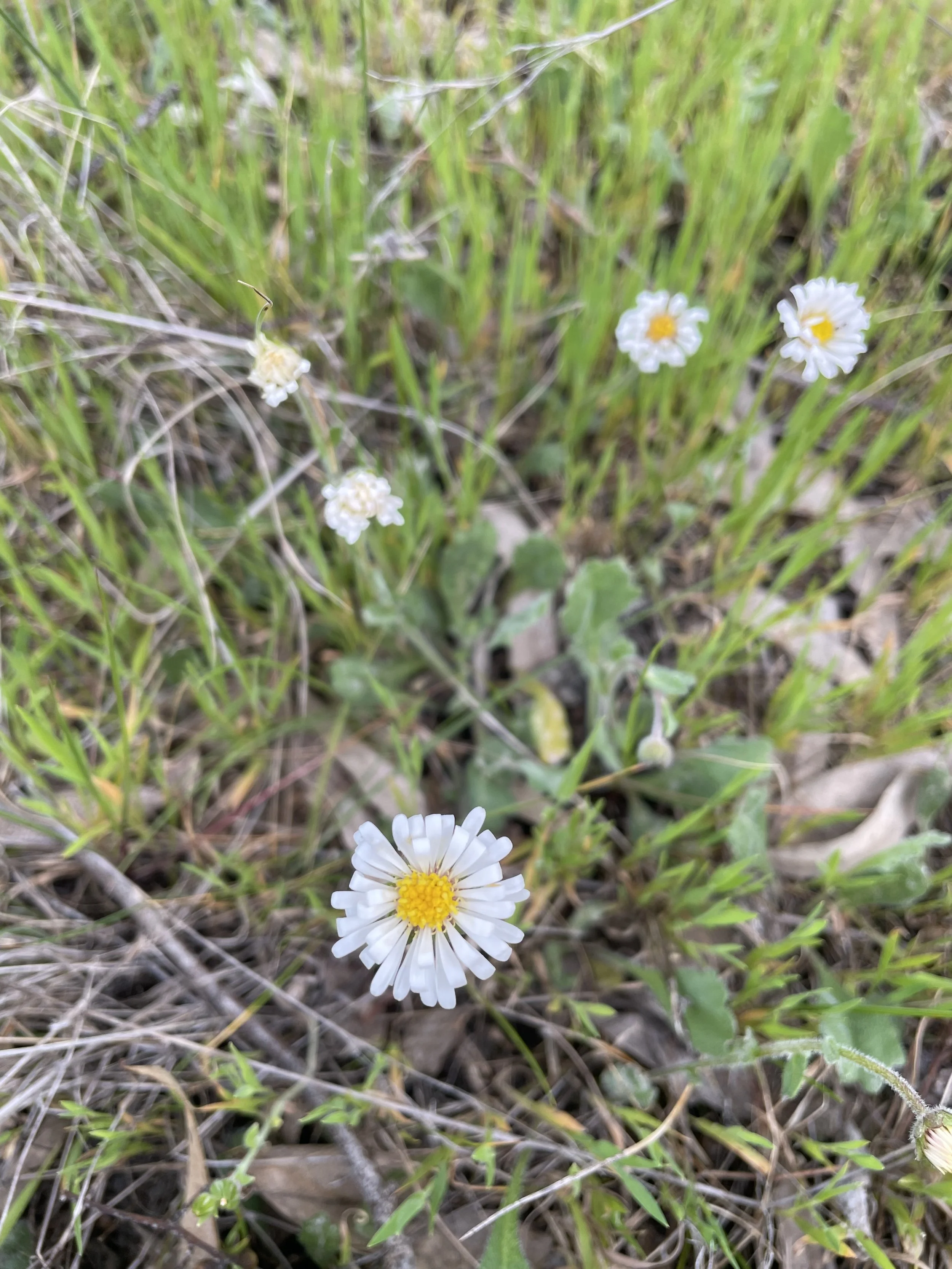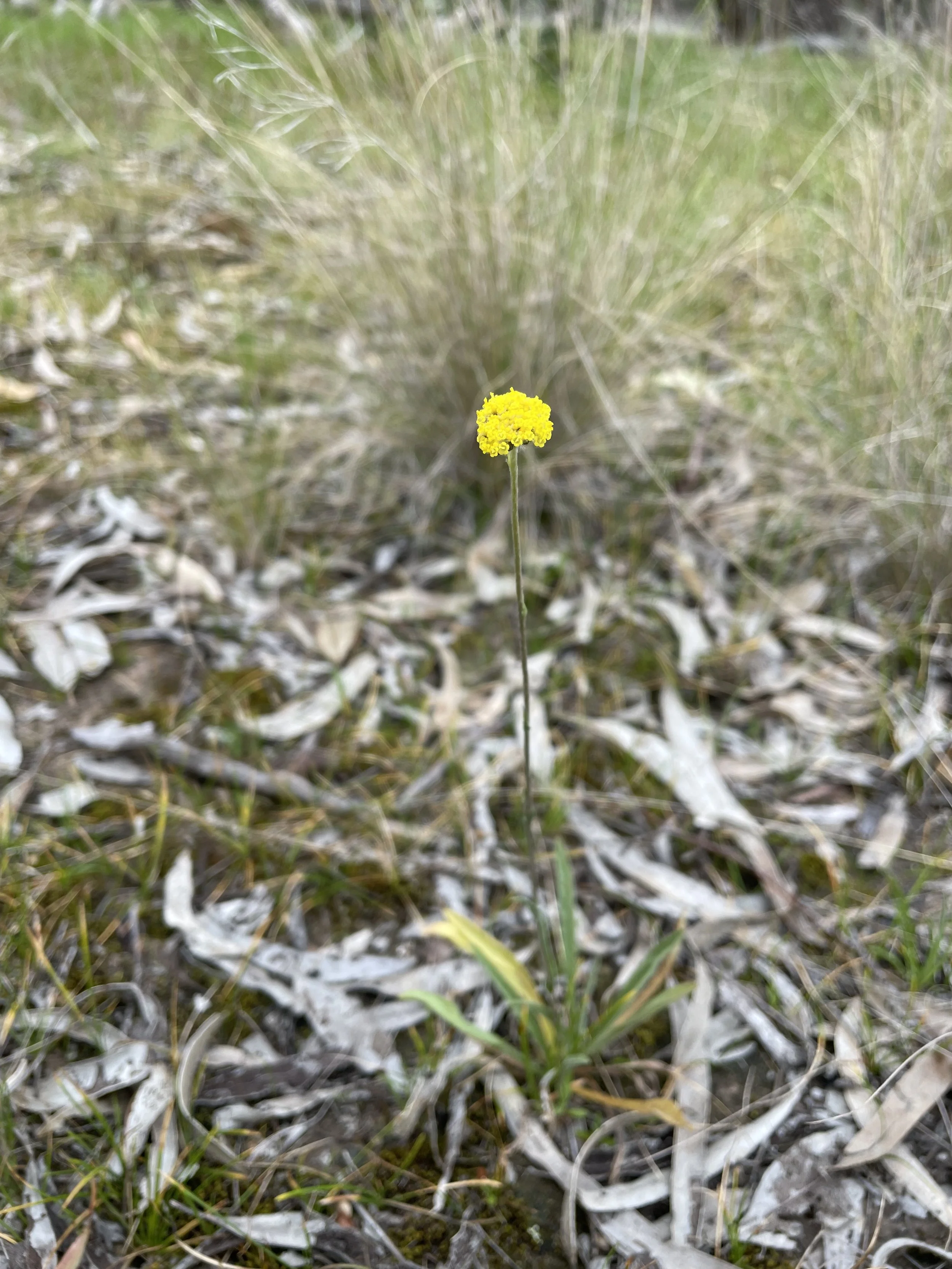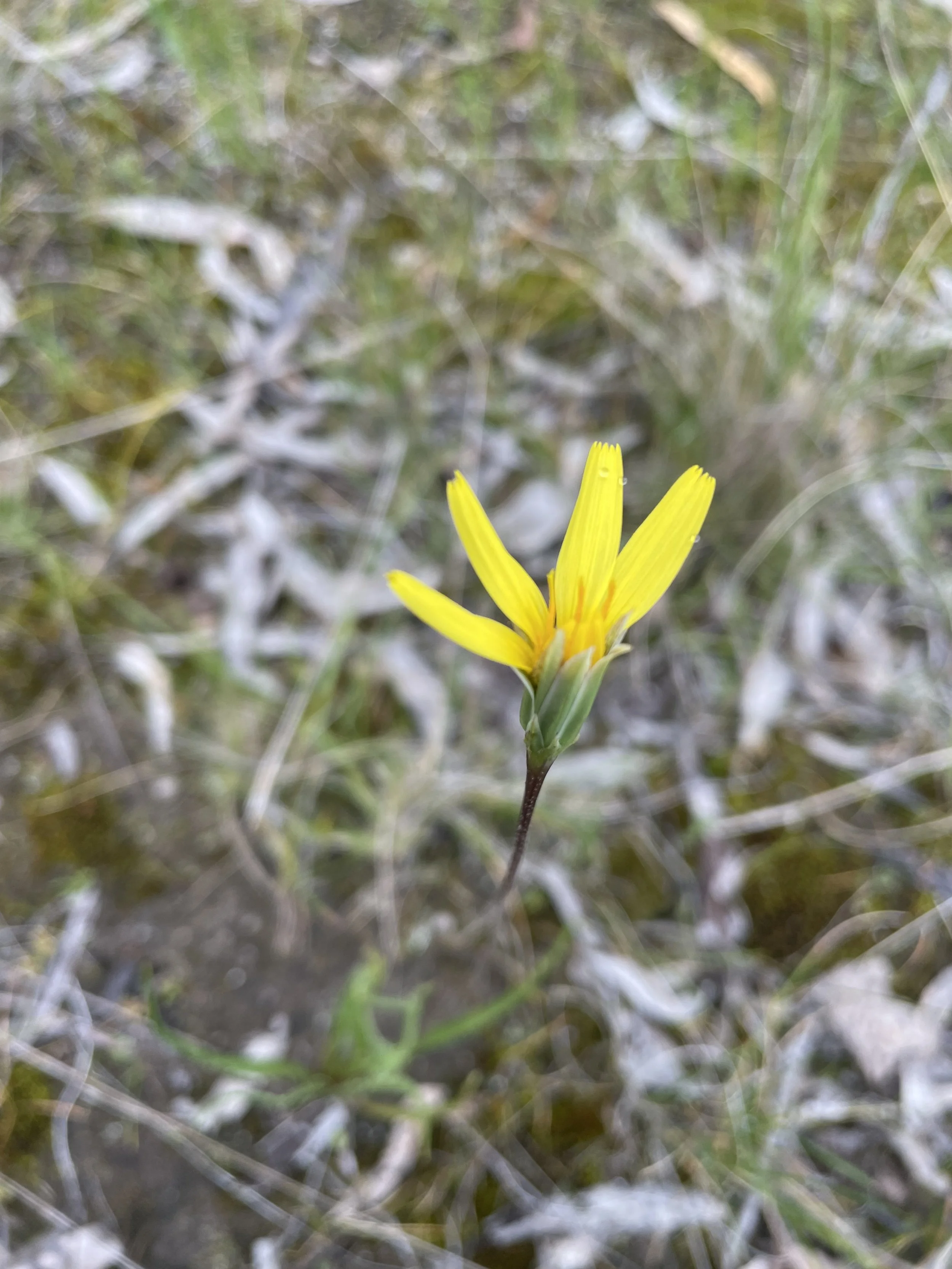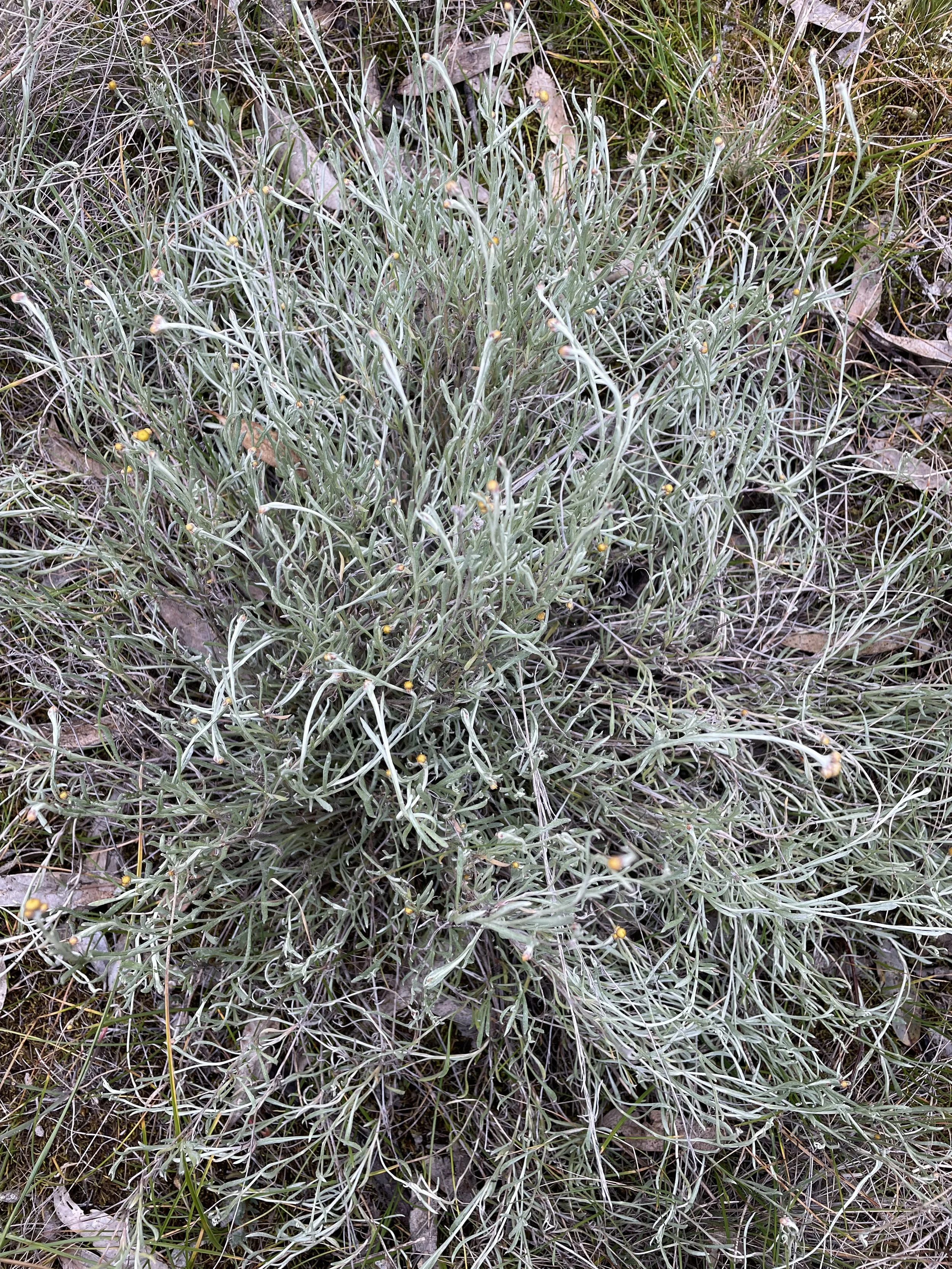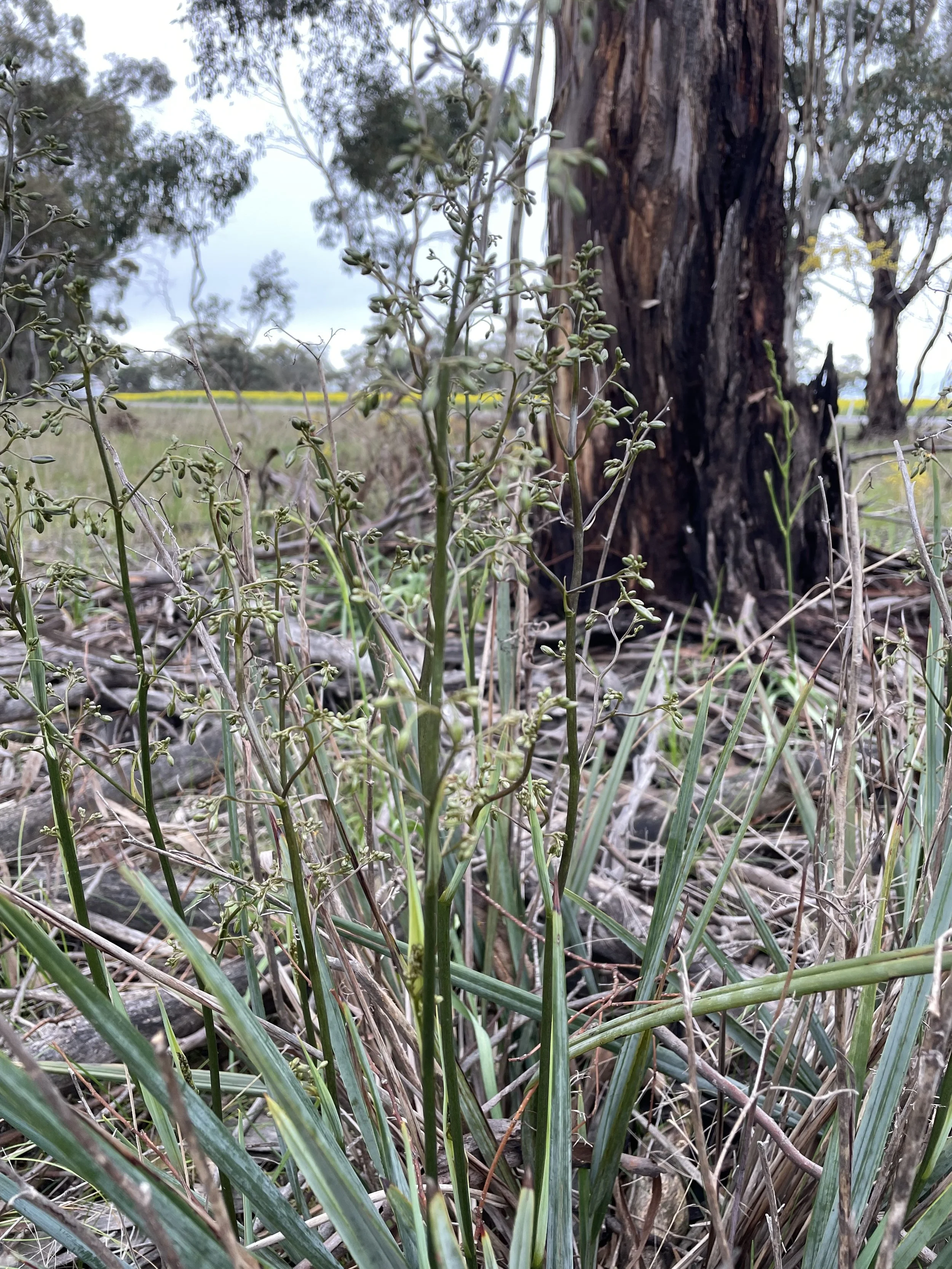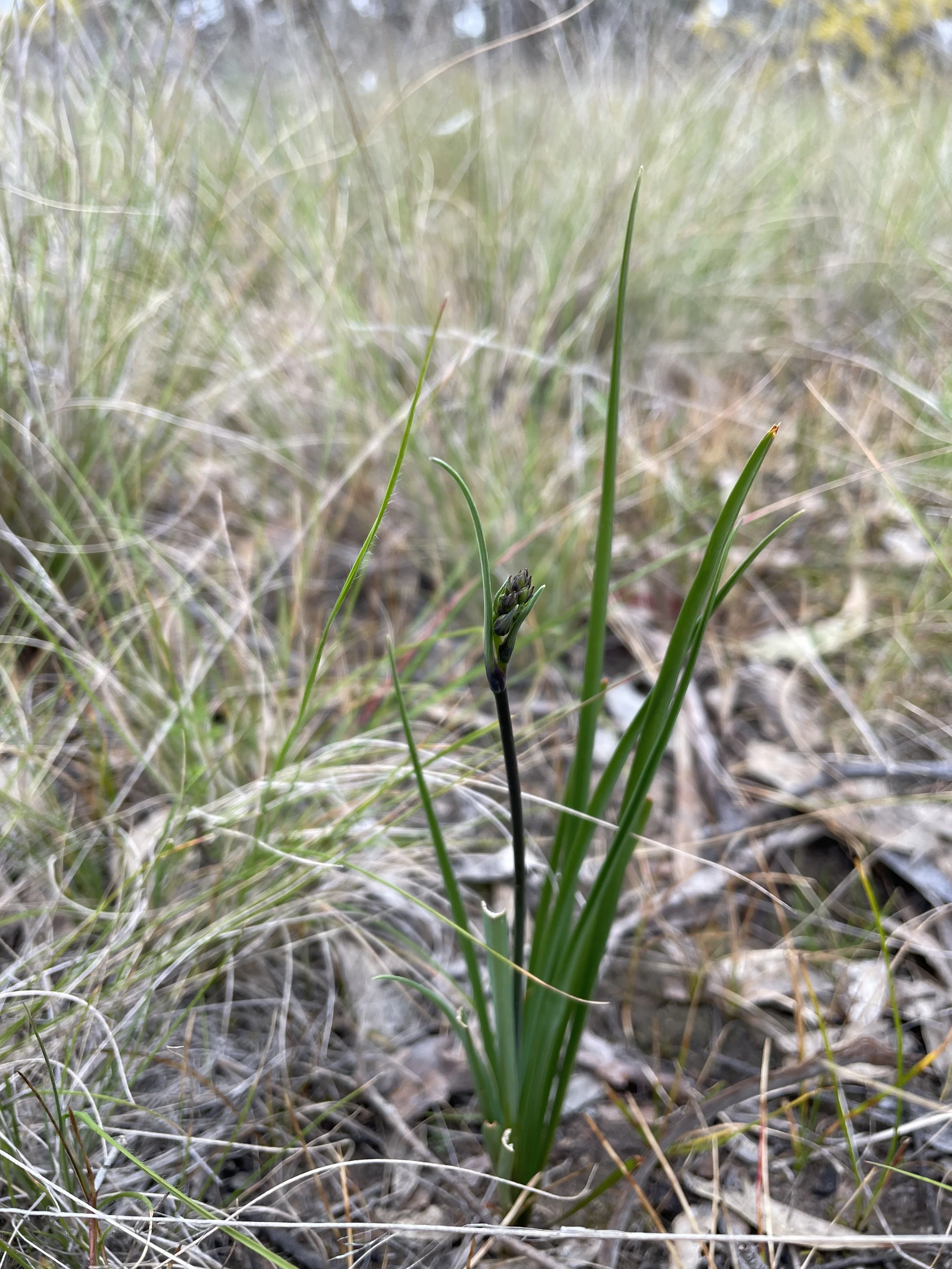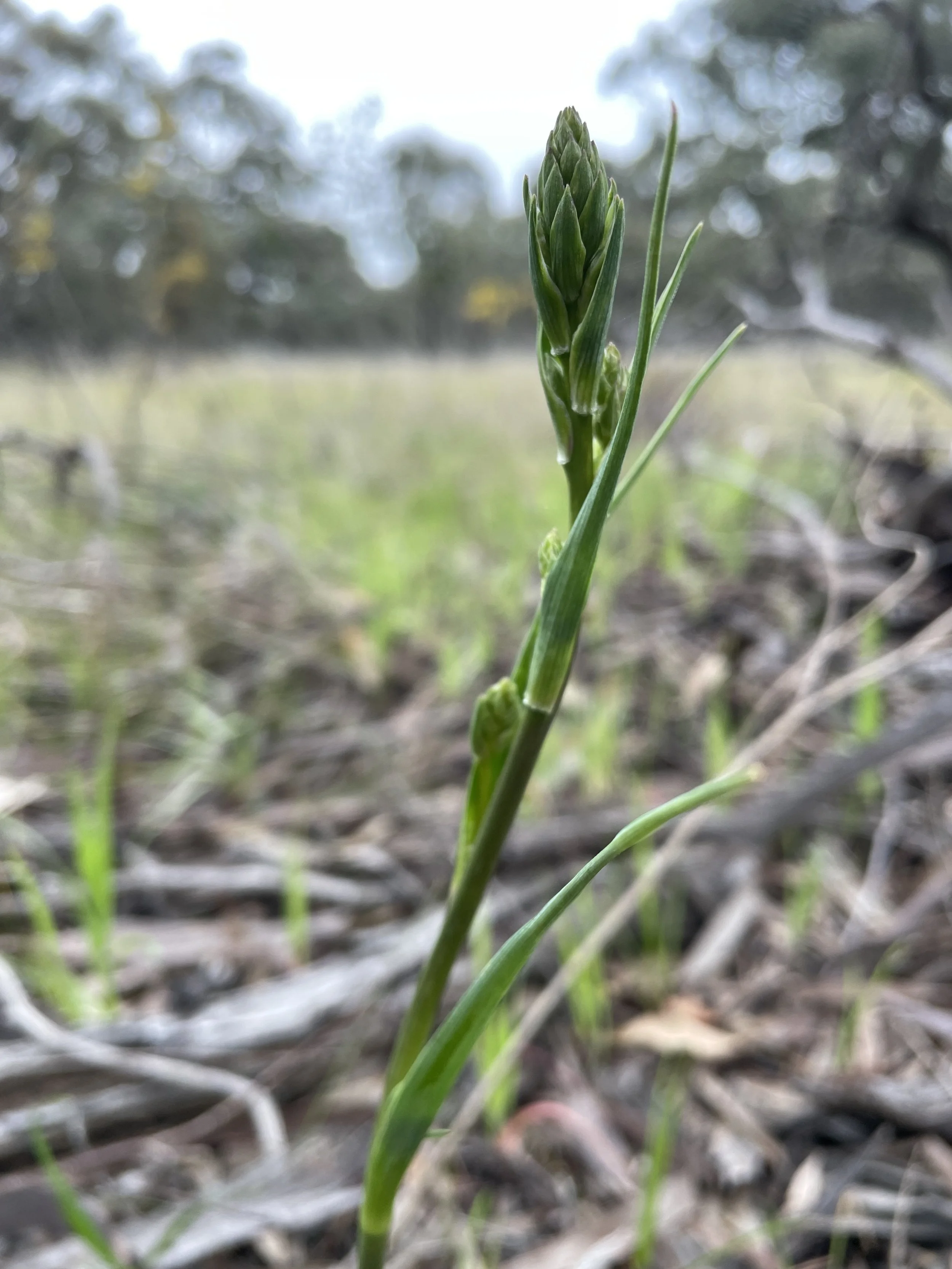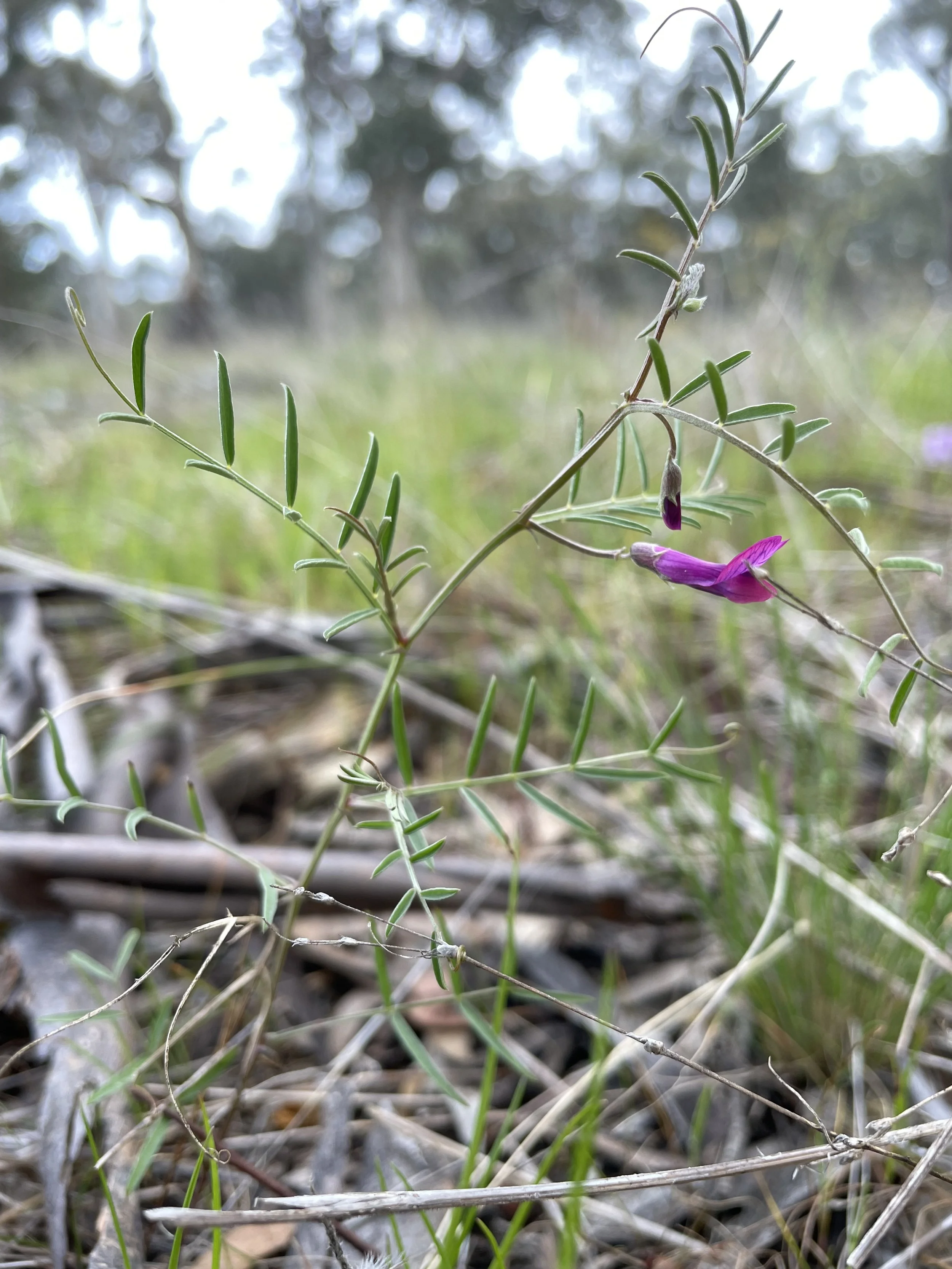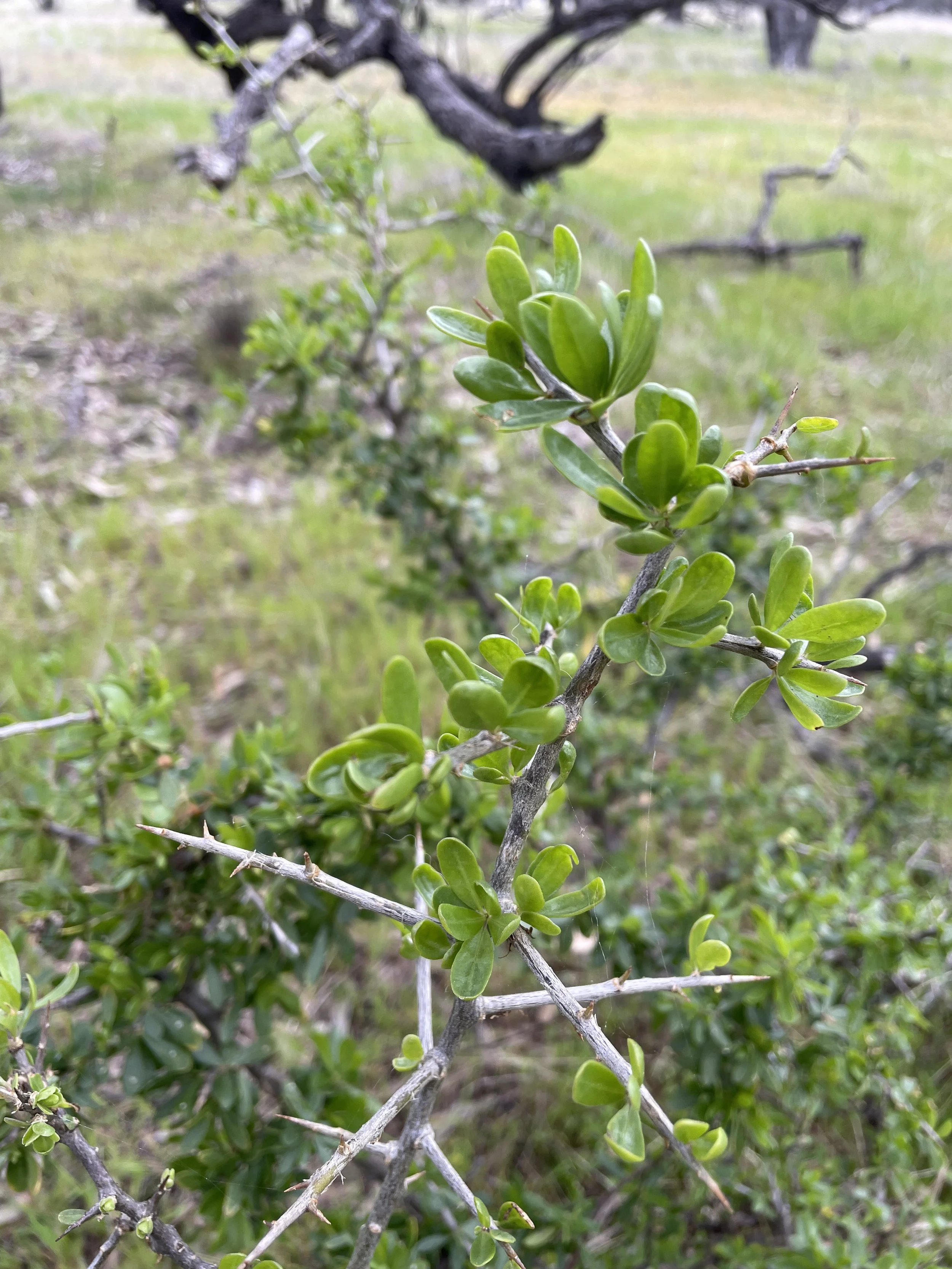Barrabool Blooms
Spring wildflower season is in full swing so Alicia recently visited Barrabool Flora and Fauna Reserve to familiarise herself with some of the local wildflowers. Barrabool is the largest reserve of remnant native vegetation in the Yarrilinks region and is located in the southern reaches near Lubeck. This is near where the Yarriambiack creek branches off of the Wimmera River.
The area is mainly open woodland dominated by yellow gum and grey box with the occasional buloke and slender cypress-pine on sandier soils among other eucalypt species. Understory is made up of grasses and wildflowers with sparse shrubs (eg wattles and sweet bursaria).
The visit was just before the bout of warm weather mid-September so a few things weren’t quite out in bloom yet. There were plenty of members of the pea and daisy families, and a few species from the lily and asphodel family about to bloom.
Pea Family (Fabaceae)
Members of the pea family can take nitrogen from the atmosphere and turn it into a plant-available format. This means they can often survive in lower-nutrient environments. It’s an extremely diverse group which includes a lot of important crop species and our iconic Australian wattles!
Broughton pea (Swainsona procumbens) was a new species for Alicia to encounter and was one of the showiest species on display on the day. It loves heavy clay soils north of the dividing range in Victoria and its curled keel (central petal on a pea flower) is one of its distinctive features.
Daisy Family (Asteraceae)
This is the most diverse plant family (along with the orchids). It includes important food plants such as lettuce and sunflowers. Murnong (yam daisy) pictured below, was in important food plant for Aboriginal people accross southeastern Australia due to its edible tuberous root.
Asphodel Family (Asphodelaceae)
Lily Family (Liliaceae)
Other Finds…
Alicia also came across a very cold-looking shingleback lizard (Tiliqua rugosa)! Shinglebacks are a type of blue tongued skink and are omnivores. They eat more plants than a lot of the other blue tongues and due to their sluggish nature tend to focus on slow-moving prey such as snails and beetles.
While they generally live solitary lives most of the year, they get together around this time for breeding season. They form monogamous pairs, and often will return to the same partner for several years in a row.
Patches of Nardoo (Marsilea) in spots were evidence of seasonal inundation. While it looks a lot like clover (which is in the pea family) it’s actually a species of fern! Ferns are non-flowering, non-seed bearing plants that reproduce by spores.
Nardoo produces structures called sporocarps that can survive in dry conditions for up to 50 years, releasing spores only when inundated. The sporocarps can be dispersed by water and birds.
They were a food plant to Aboriginal people but require special preparation to destroy a compound which can lead to vitamin B deficiency if taken in large amounts
Weedy invaders
The area is in good condition with a high level of cover of native species, but there were a few boxthorn
(Lycium ferocissimum) bushes throughout and some weedy grasses and herbs, mainly near the roadside.

